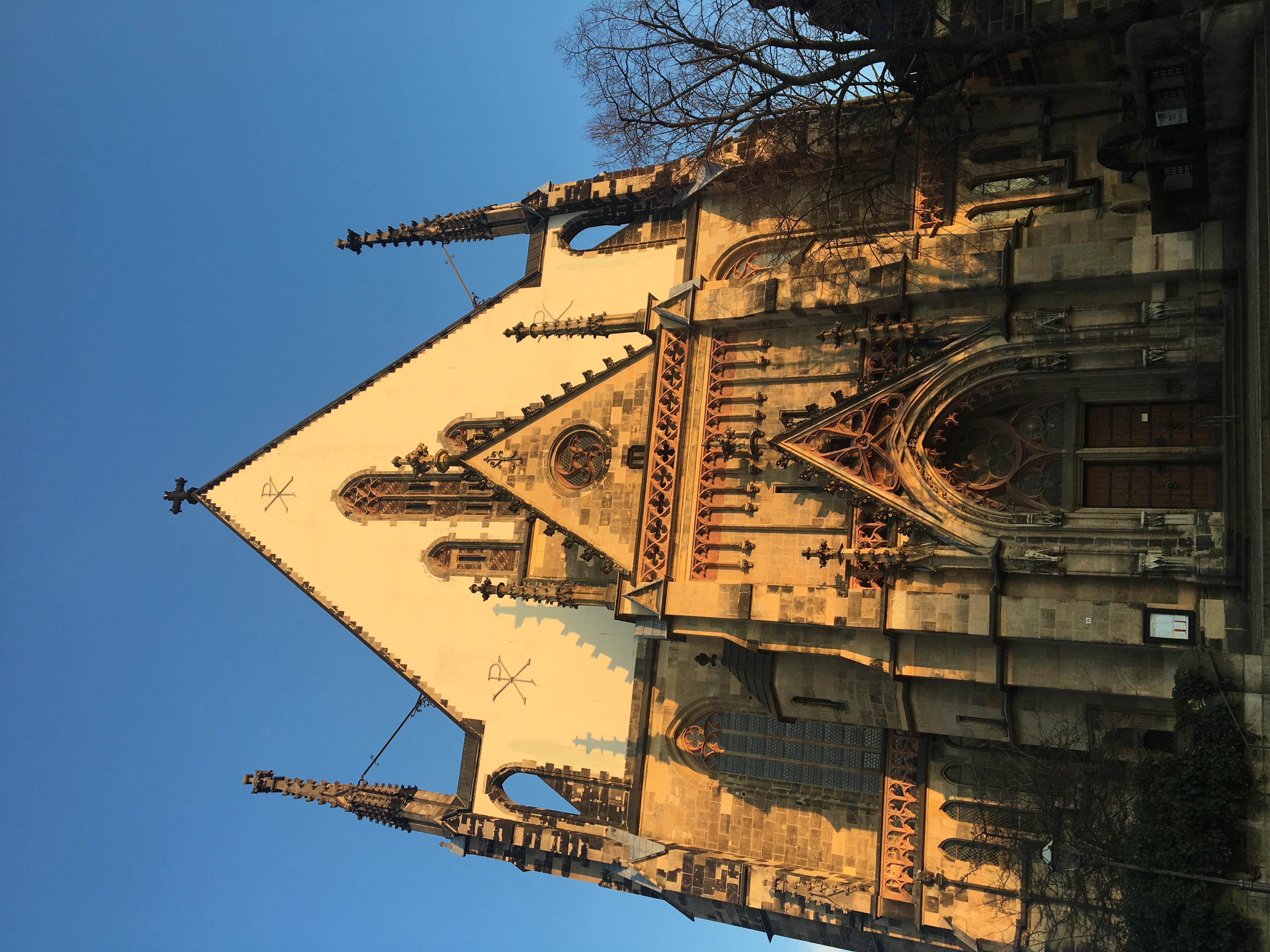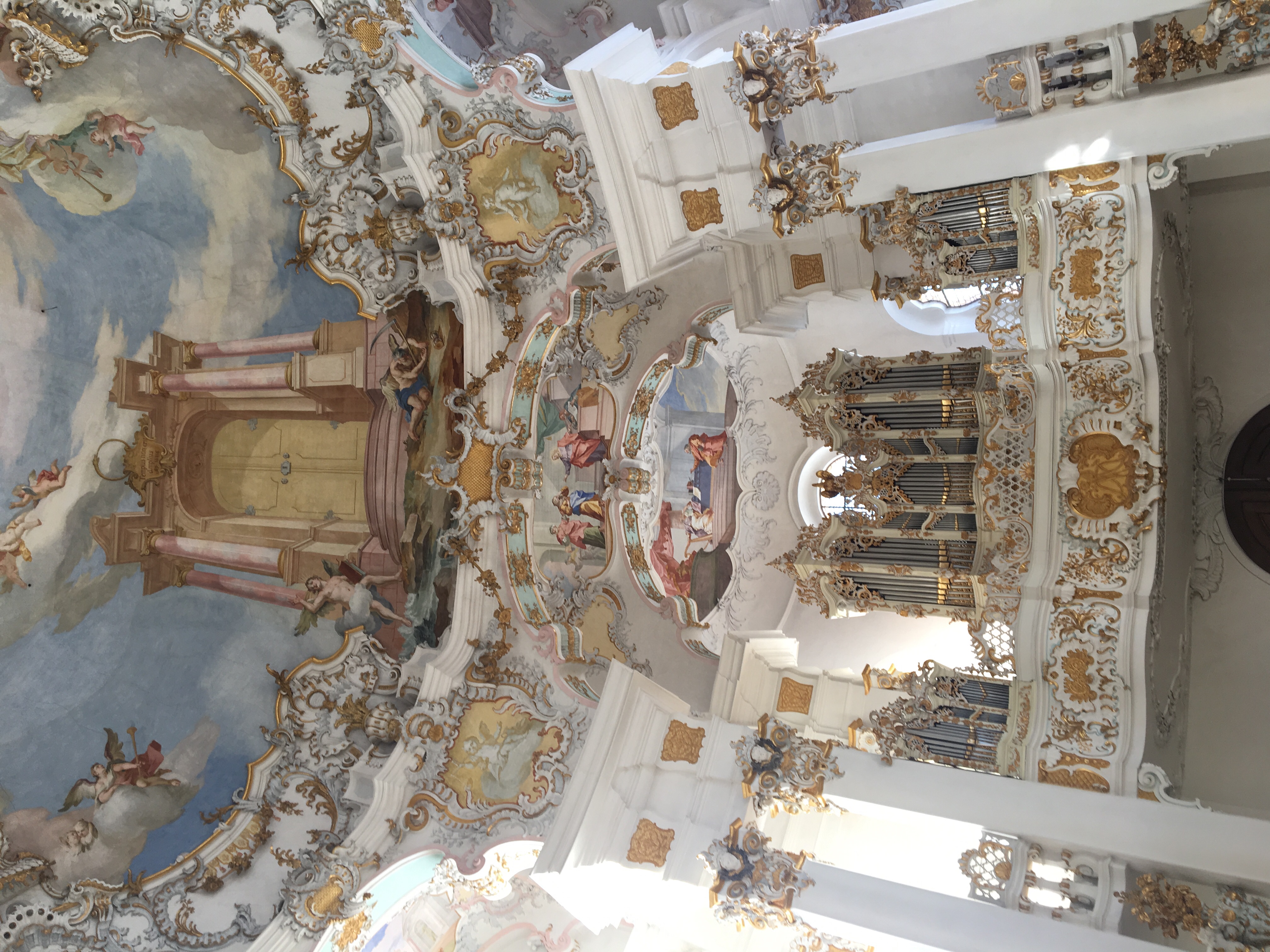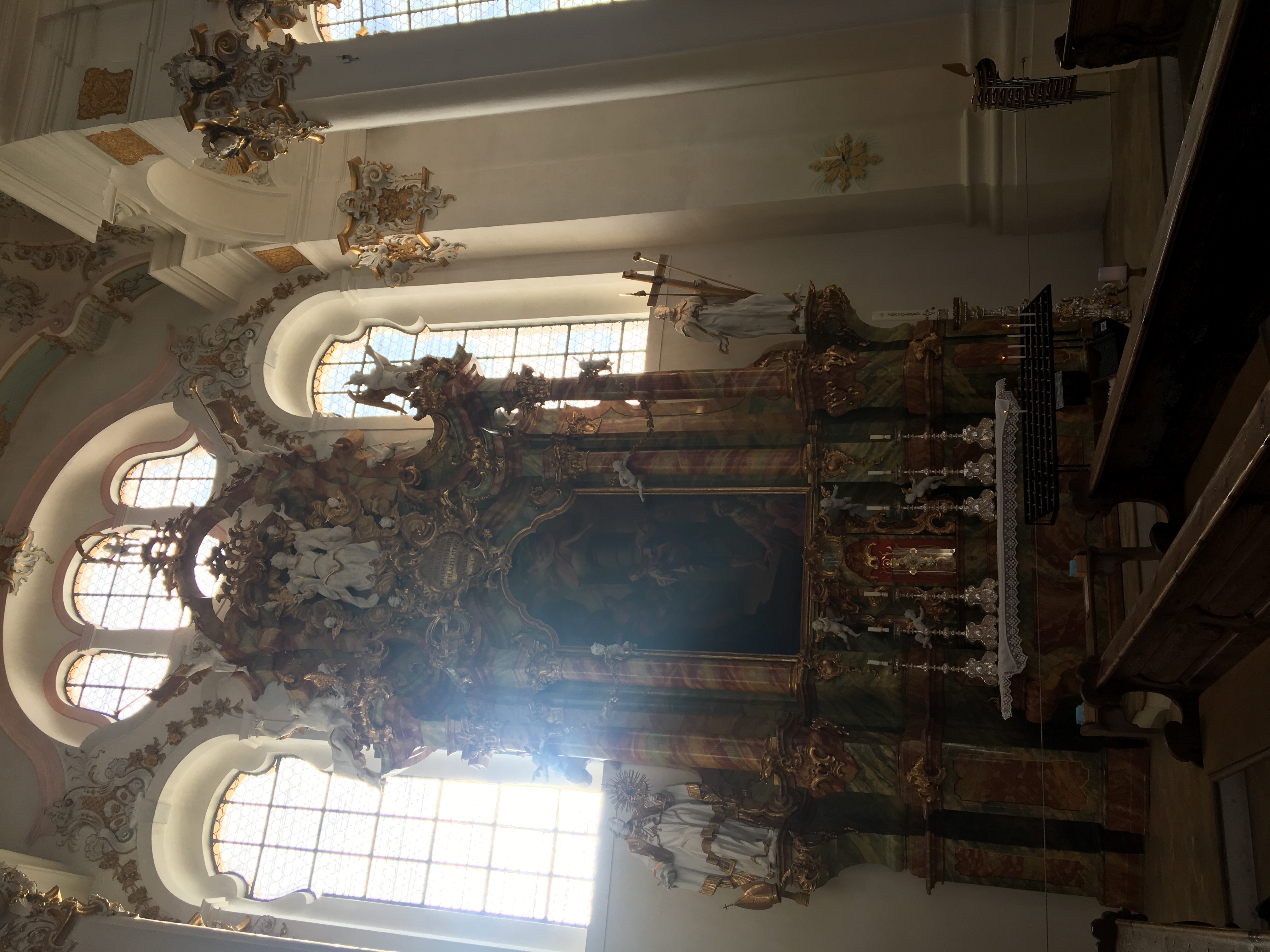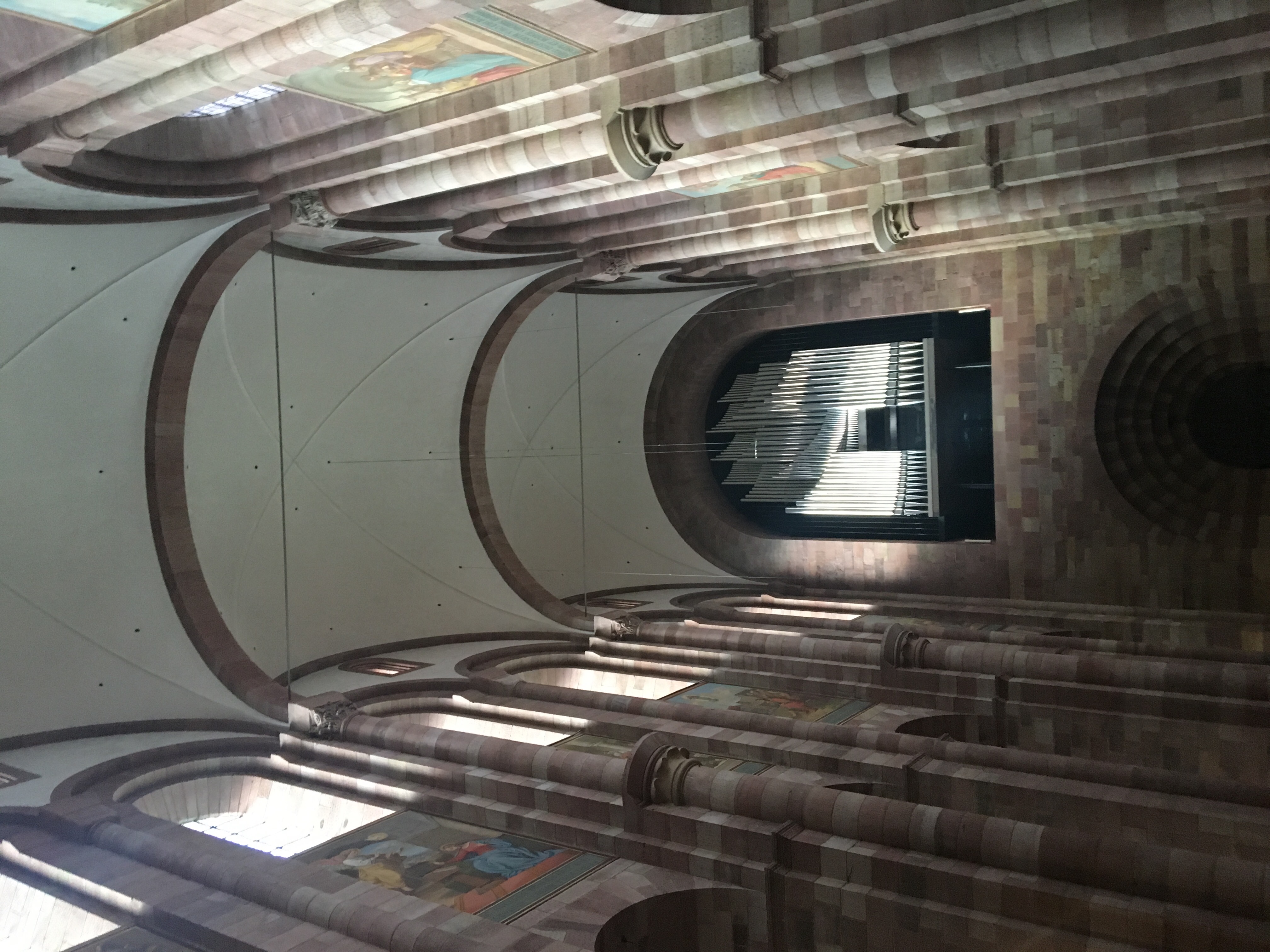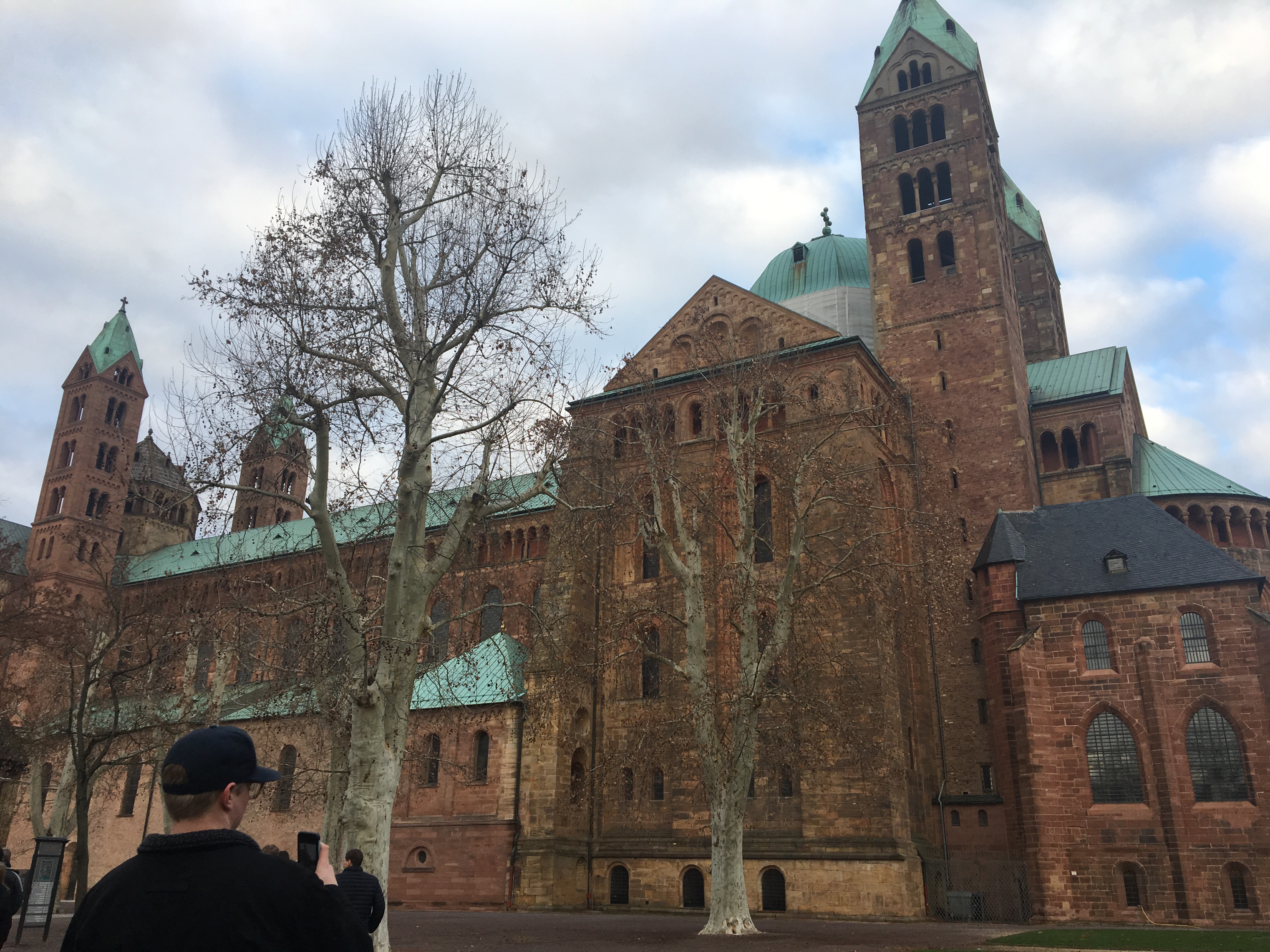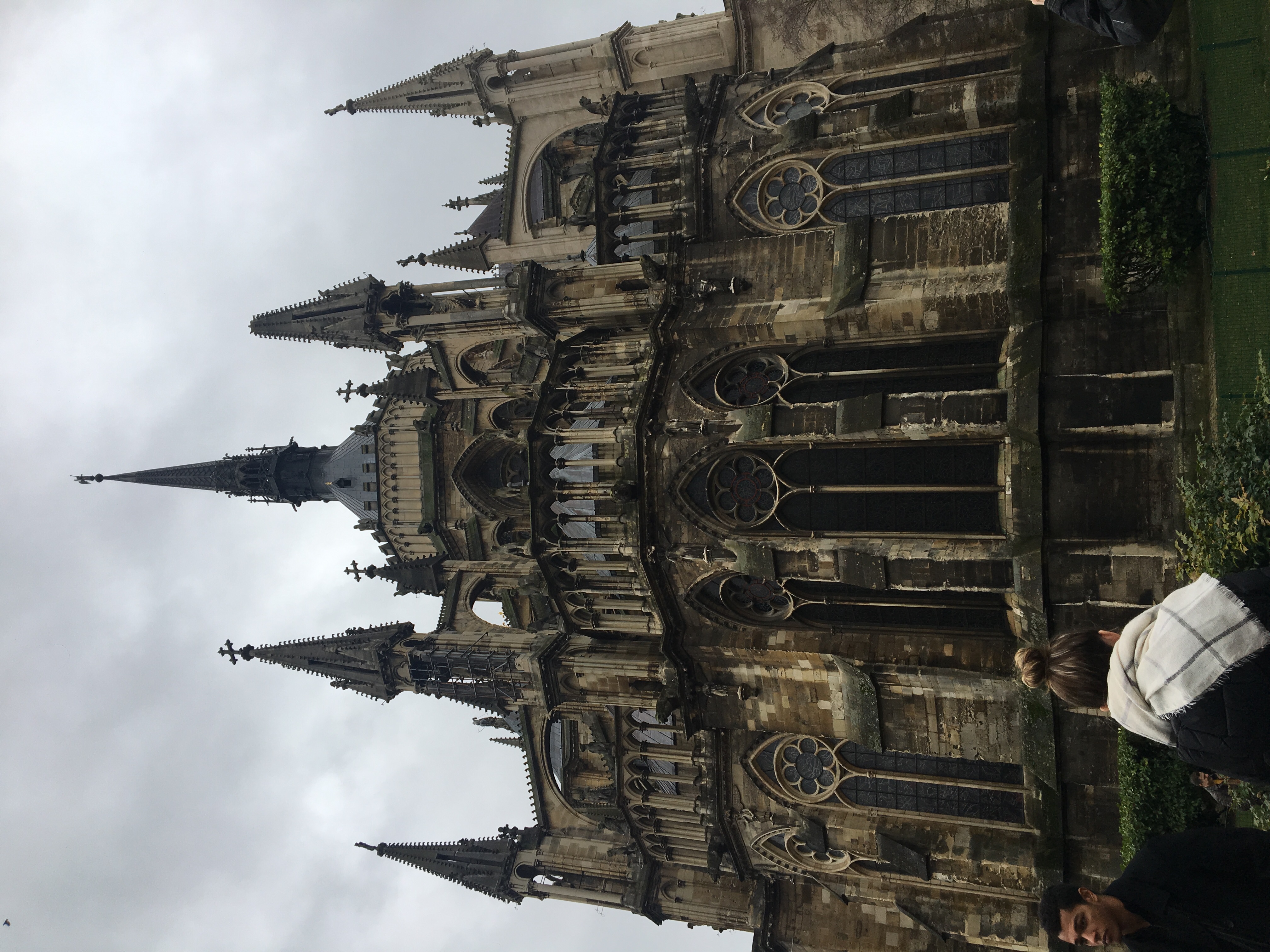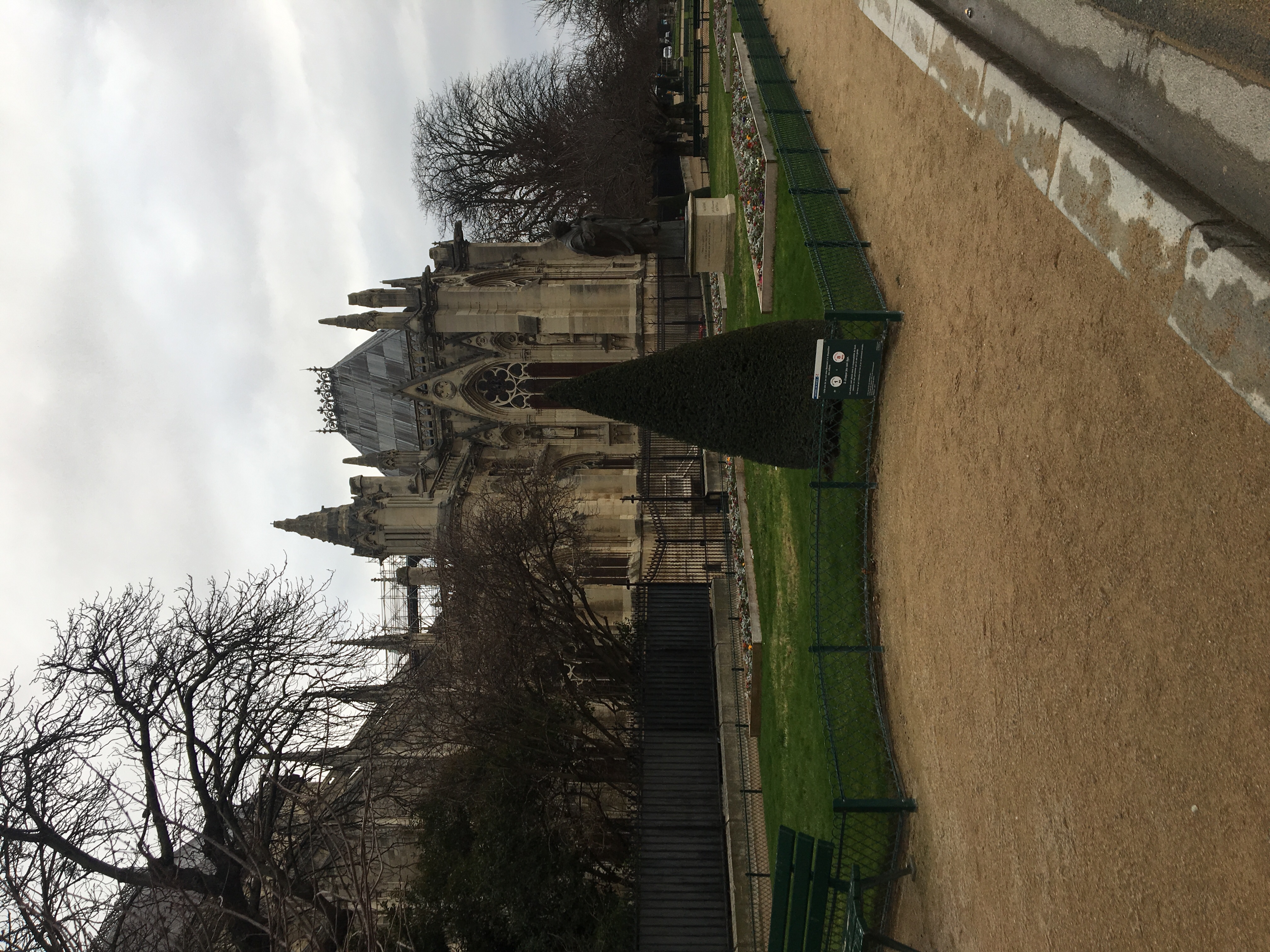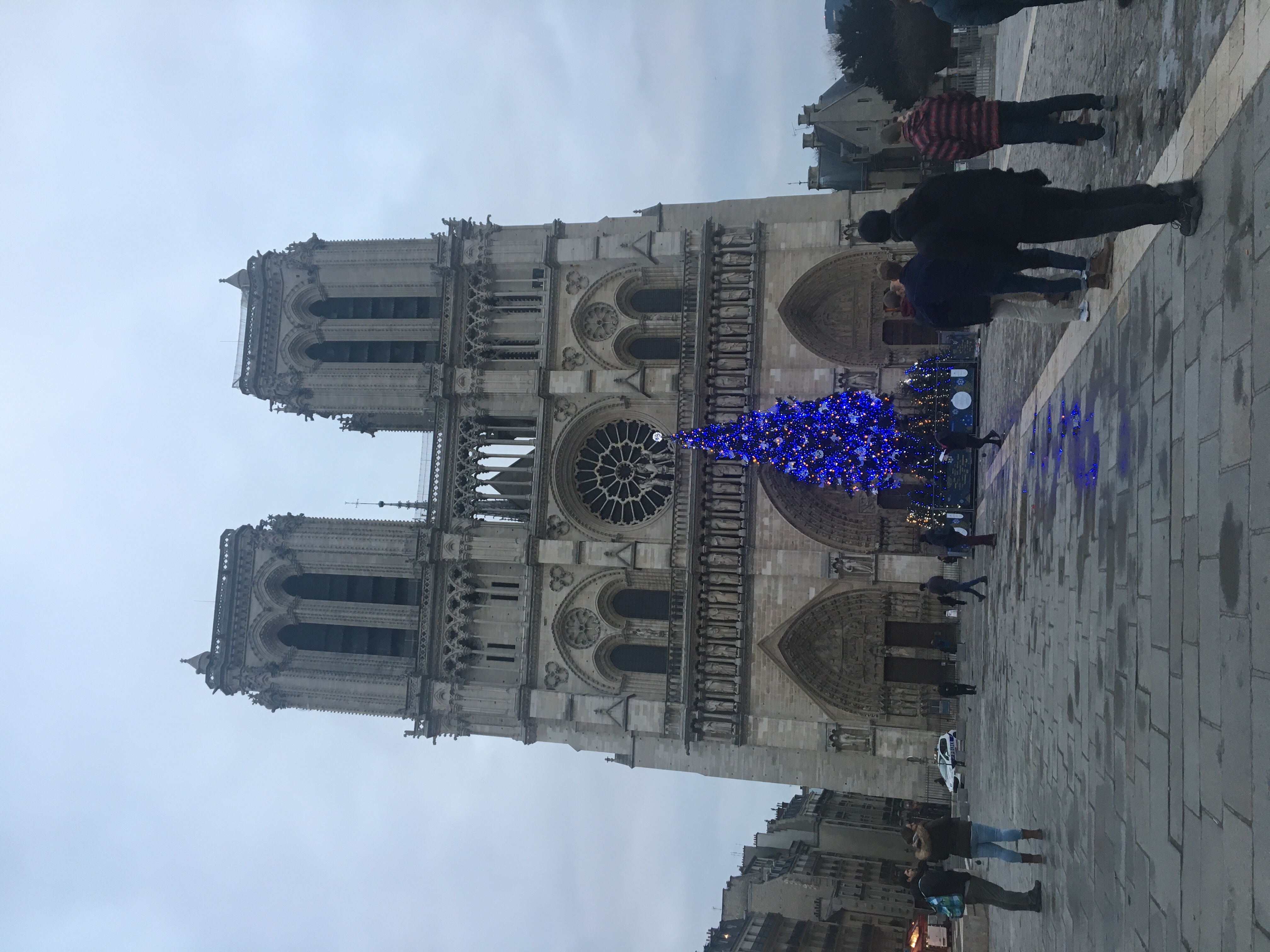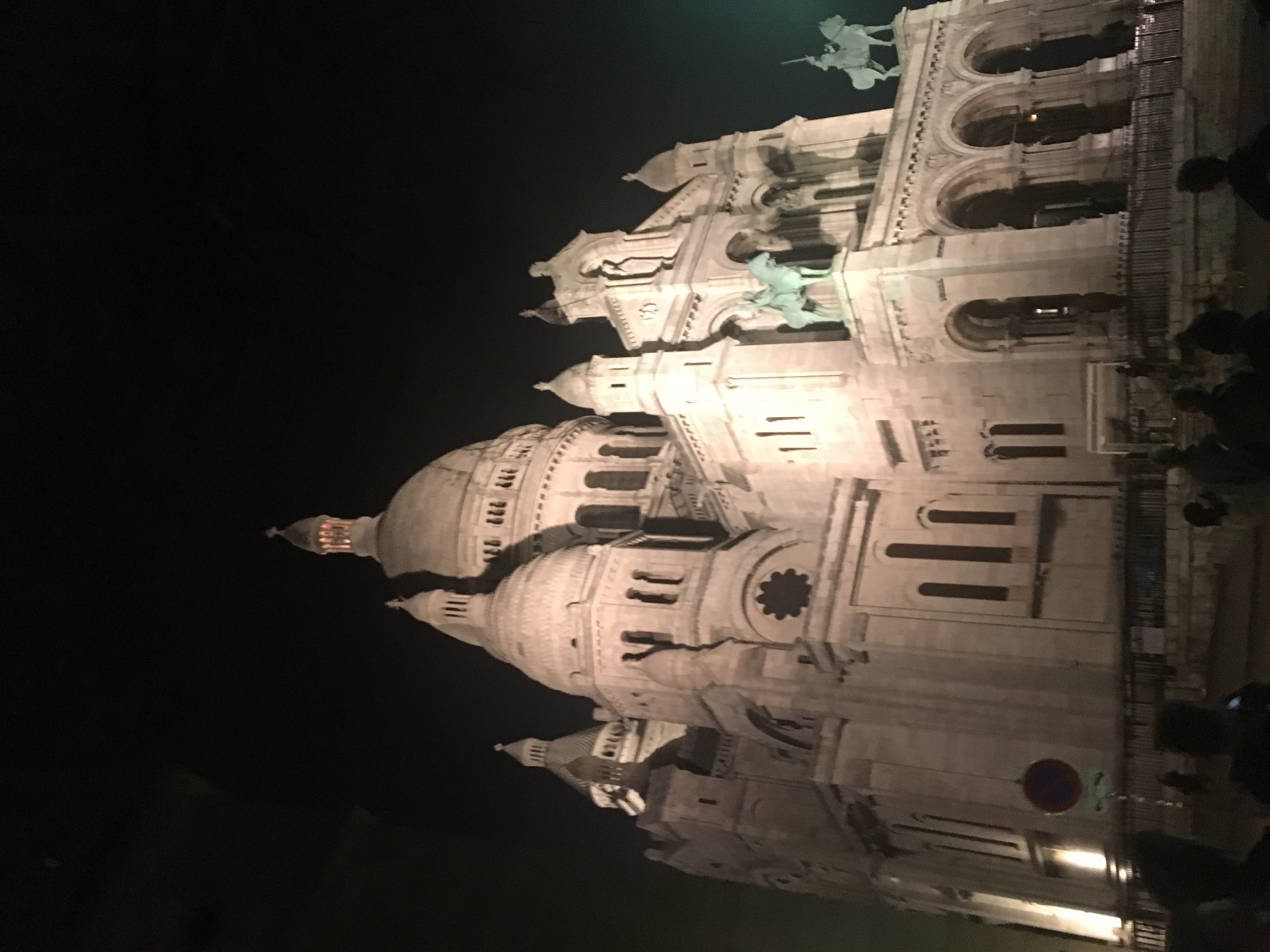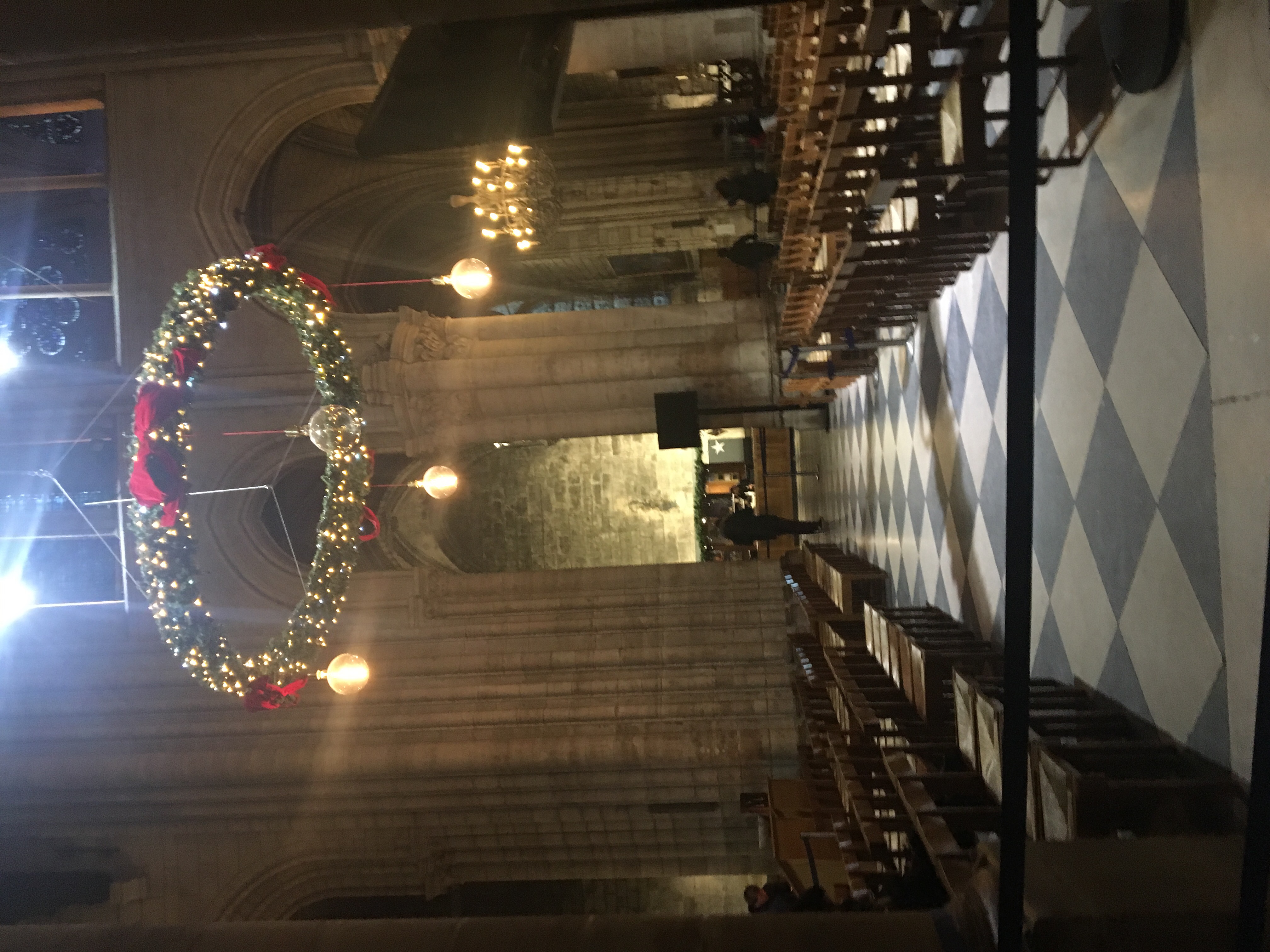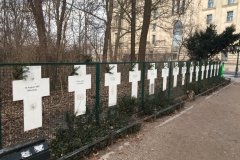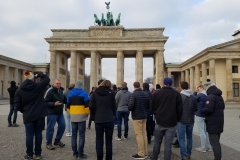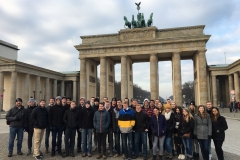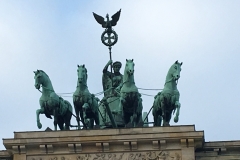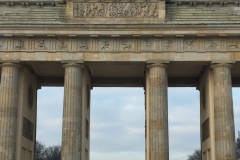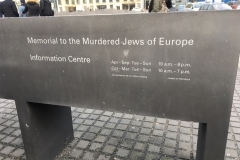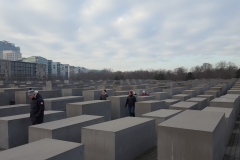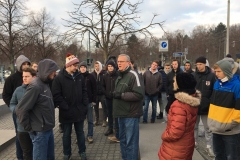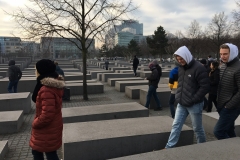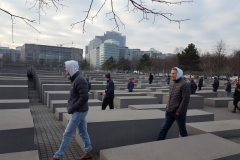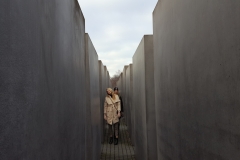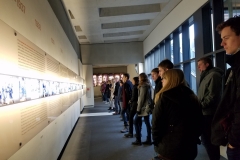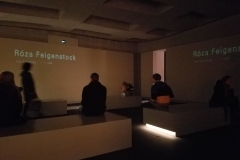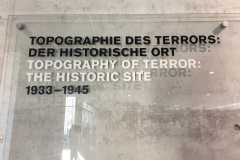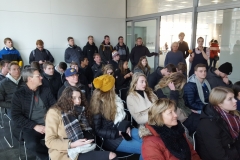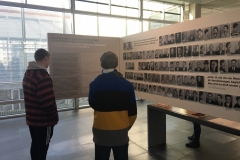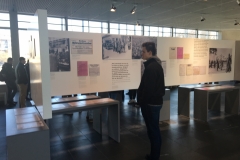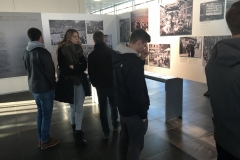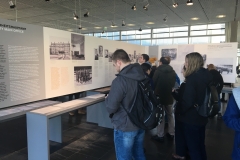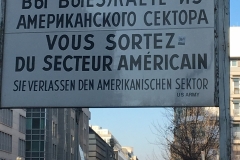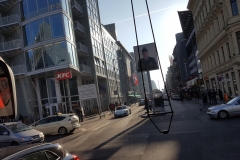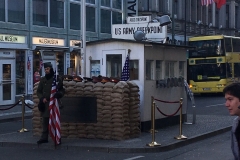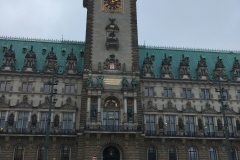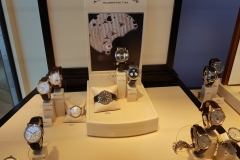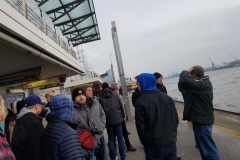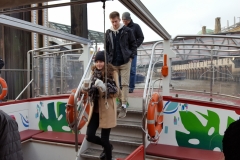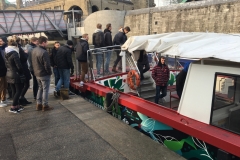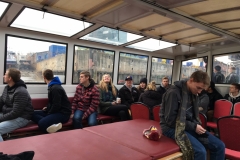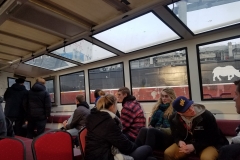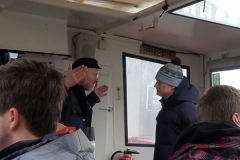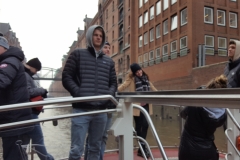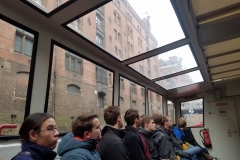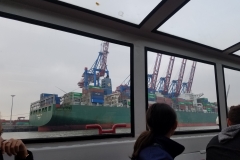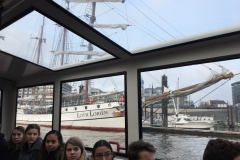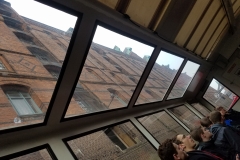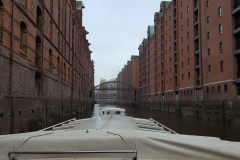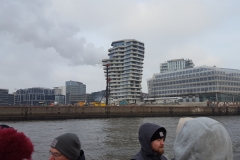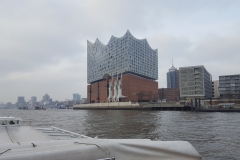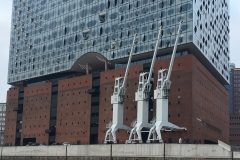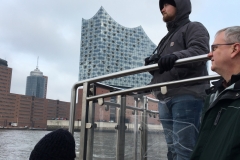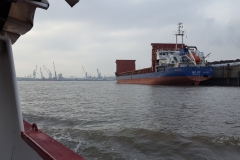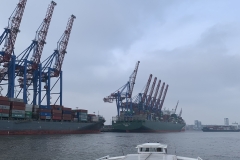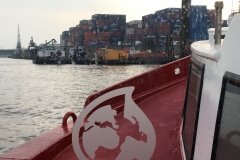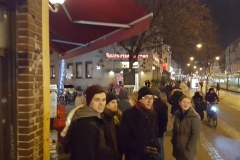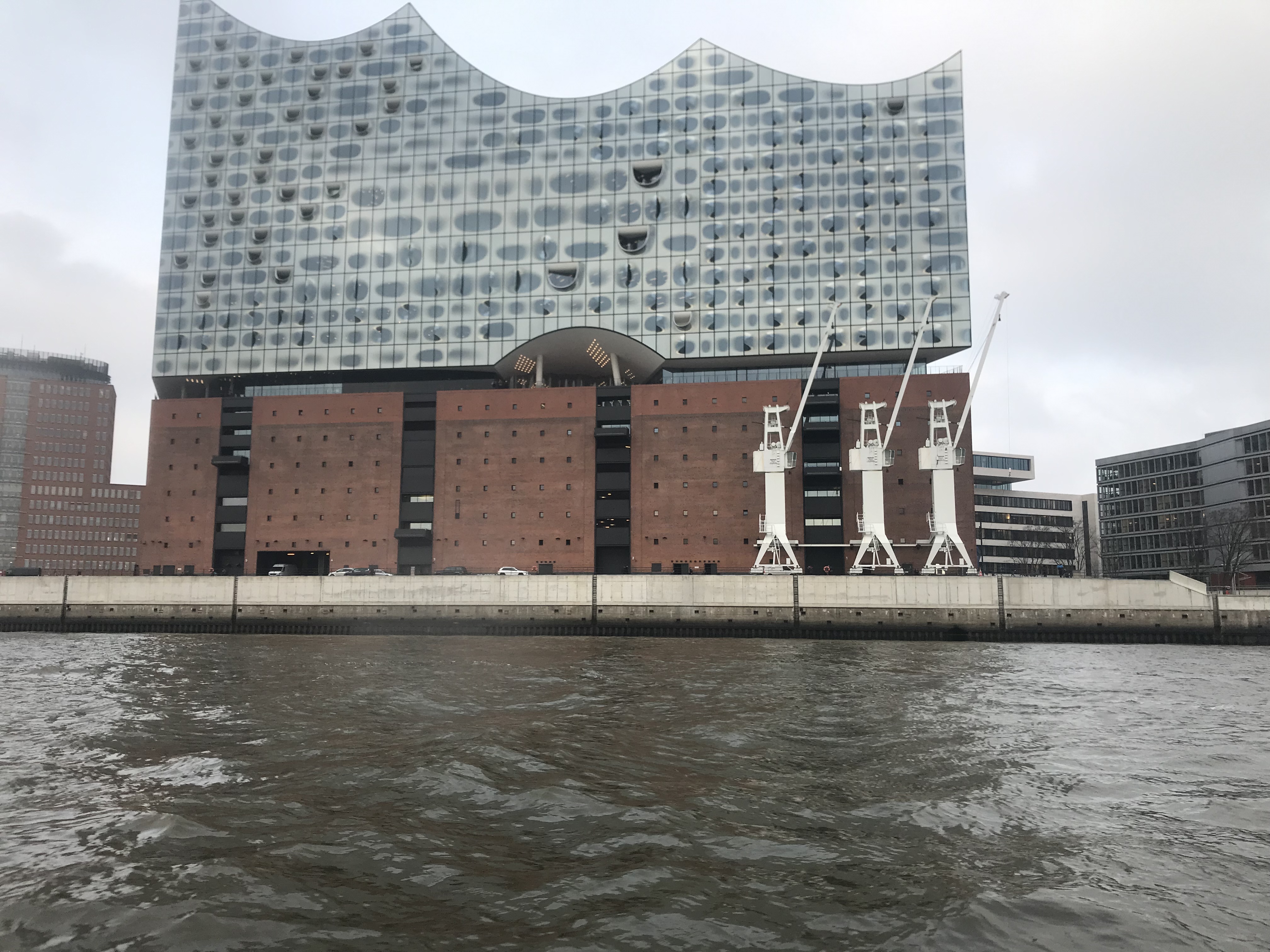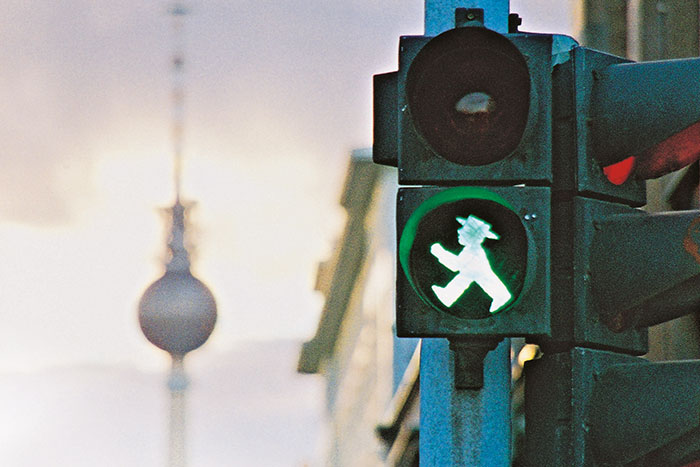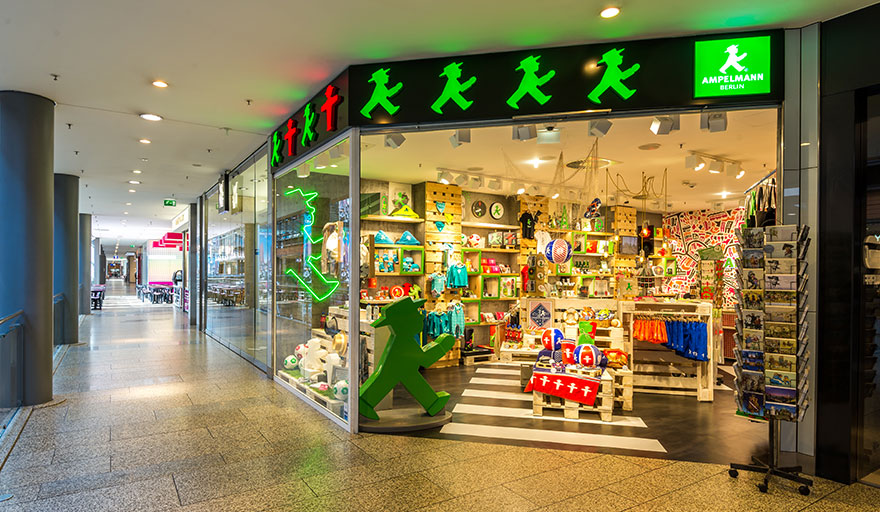Leipzig is the most populous city in the German state of Saxony with about 570,000 inhabitants and is located southwest of Berlin. It sits at the crossing of two medieval trade routes. Leipzig was a walled city in the Middle Ages and the current “ring” road around the historic center of the city follows the old city walls.
The Jewish community of Leipzig was greatly affected by World War II and the Nuremberg Laws as with other European cities during the Holocaust. The Nazis took control of the city in 1937. Synagogues and businesses were set on fire and many Jews in Leipzig were deported to the Buchenwald Concentration Camp. The number of Jewish people in the city went from over 11,000 in 1933 to only 2,000 in 1942. Before the war ended, most if not all of the remaining Jews in Leipzig were taken to concentration camps.
In 1943, the British Royal Air Force dropped over 1,000 tons of explosives over Leipzig killing nearly 1,000 civilians. Since the buildings hit were so close together, a firestorm occurred. The damage was extensive. In late April of 1945, the Allied ground advance into Germany reached the city and fighting was often “house-to-house and block-to-block”.
By the end of the war, much of Leipzig was destroyed. After the war, Jewish people slowly returned to the city.
Today, Leipzig is Germany’s fastest growing city and is an important economic center in Germany.
Some sights in Leipzig include the Leipzig Zoological Garden which is one of the most modern zoos in Europe. Also to commemorate the victorious battle against Napoleonic troops, there is the Monument to the Battle of the Nations which is one of the largest monuments in Europe.
Interesting facts include that Johann Sebastian Bach worked in Leipzig from 1723 to 1750 conducting the St. Thomas Church Choir.
Upon arriving in Leipzig, we visited the St. Thomas Church and saw where Bach is buried.
Source:
https://en.m.wikipedia.org/wiki/Leipzig

